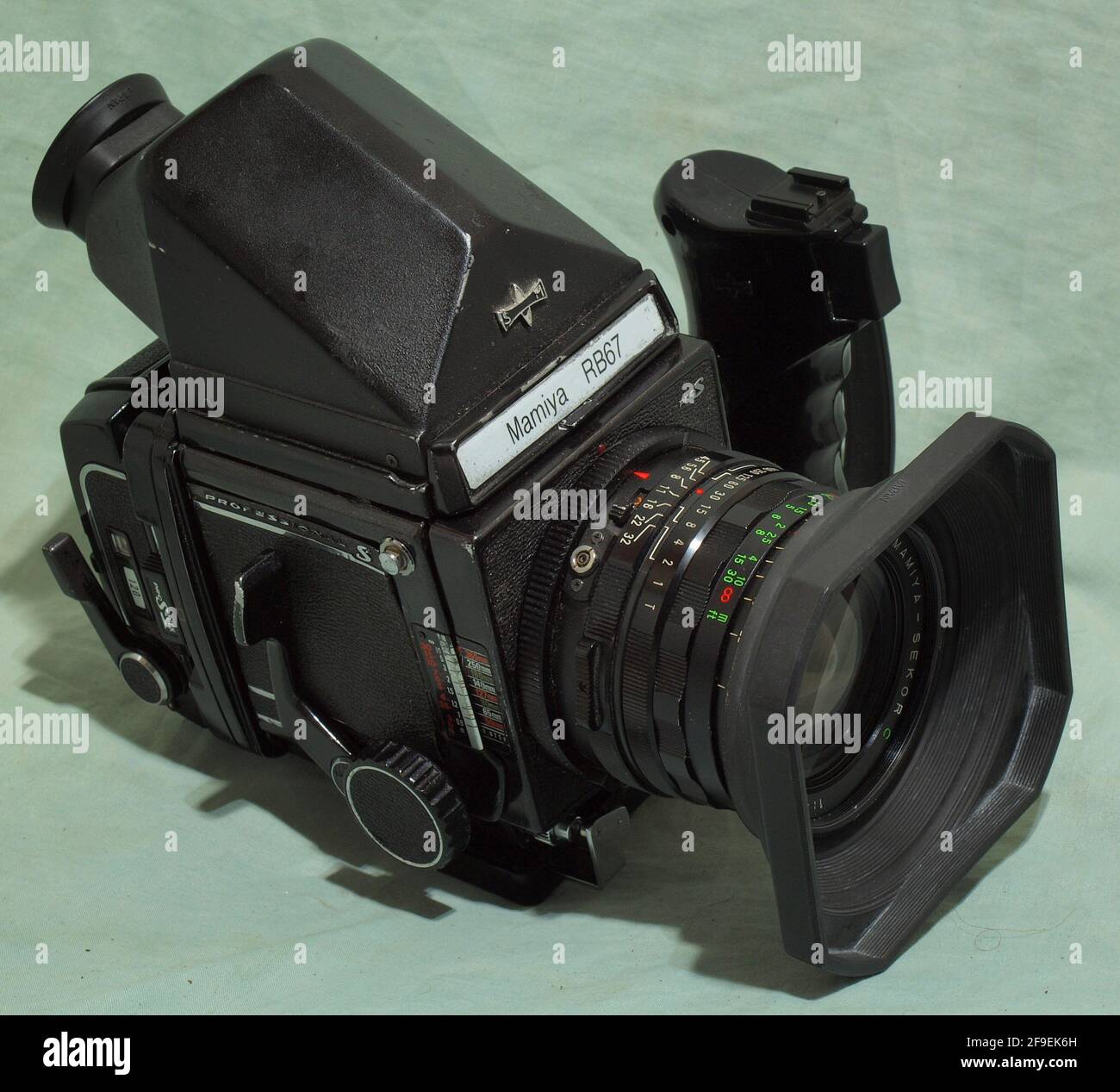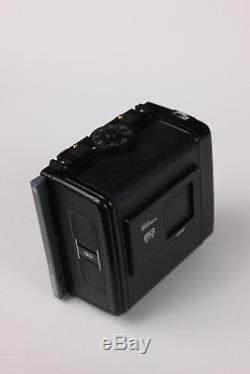
In terms of “RZ67 exclusives”, the 110mm f/2.8 lens is exceptional and has the shallowest depth of field of any lens in the system. Notably that newer L-series can only be used with the latest RB67 Pro-SD. It’s also worth saying that there are some incompatibilities within the RB system. In addition, the RZ has more accessories. Why? The RZ67 can use all RB67 lenses but the RB67 cannot use any lenses made for the RZ67. If the answer is yes, choose the RB67, it doesn’t need any batteries.įor any other answer, choose the RZ67. “Bliss” Credit: Charles O’Rear Choosing between the Mamiya RB and RZ systemsįor those confused about what to choose: an older RB67 or the “newer” RZ67? It really comes down to one question: do you want a completely mechanical camera or not? I really hated this photo, mainly because it was highly pixelated and of low jpeg quality.
Bronica sq cds metered chimney finder windows#
It was taken by Charles O’Rear and was the emblematic default wallpaper of Microsoft Windows XP. One iconic image seen by billions of people was taken on a Mamiya RZ67. 35mm is too wide for my taste, but because of this, fits better on computer screens.

I must admit I much more prefer the 6×7 aspect ratio in print. It’s also a slightly different aspect ratio – 35mm is much broader, closer to 6×9. The 6×7 negative is about 5x times larger than a standard 36x24mm 35mm frame. The RZ67’s native 6×7 format produces a negative with an image size of 56圆9mm – what Mamiya called the “ideal format” since it is proportionally equivalent to 8×10 large format: As the RB was still a very strong seller at the time of the RZ’s release, they invented the name RZ to help differentiate between the two. It means “Revolving Back” and was intended to be the successor of the RB series. Even though it’s not produced anymore, it’s still widely used and probably (along with the RB), the most affordable medium format system in terms of quality, versatility, and availability. The RZ67 shares some same features as its predecessor (the RB67), but in many ways RZ67 is a complete upgrade.

The camera’s native picture format is 6×7 using 120 or 220 medium format film but it is also able to create 6×6 and 6×4.5 images, as well as use Polaroid, Quadra and other film formats. As a “system camera”, the RZ67 is modular, meaning lenses, viewfinders, film backs and other components are all interchangeable.
Bronica sq cds metered chimney finder professional#
The Mamiya RZ67 is a professional medium format SLR (Single Lens Reflex) system camera produced by Mamiya between 19. What is the Mamiya RZ67? Mamiya RZ67 Professional II Let’s begin with my answer to a very simple question… If you are thinking about making an investment in the RZ67, or are already an avid fan, I hope you’ll be able to use this as a definitive guide for the system. There is a lot to cover here: three camera models, eight focusing screens, three viewfinders, 27 lenses (!!!) and dozens of miscellaneous accessories and related equipment. Part five: Personal stories and conclusion.Part four: Miscellaneous accessories (winders, grips) and maintaining your RZ67.Part three: The RZ lens system and related accessories.

Parts two to five respectively cover the following: 9.5 Using prisms or other viewfinders made for the RB camera.9.4 Using AE light measurement with the FE701 and magnifying hood.9.2 Magnifier FD701 for FE701 and “Model 2” prism finders.8.1.8 Type E Rangefinder Spot / Microprism.8 Focusing options: screens and viewfinders.7 Focusing the RZ67 + the “bellows factor”.6.2.2 The shutter release cable (on the body).6.2.1 The mirror release cable (on the lens).

5 Taking your first photograph with a Mamiya RZ67.4 The Mamiya RZ67 Professional in pictures.3 Choosing the right RZ version for you.2 Choosing between the Mamiya RB and RZ systems.


 0 kommentar(er)
0 kommentar(er)
